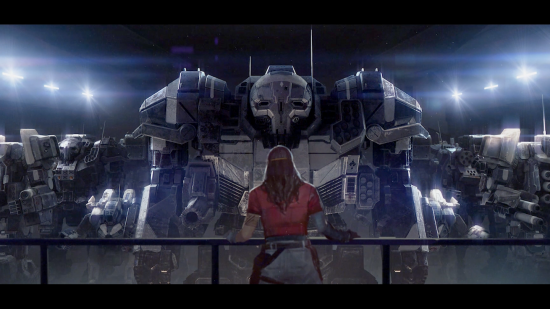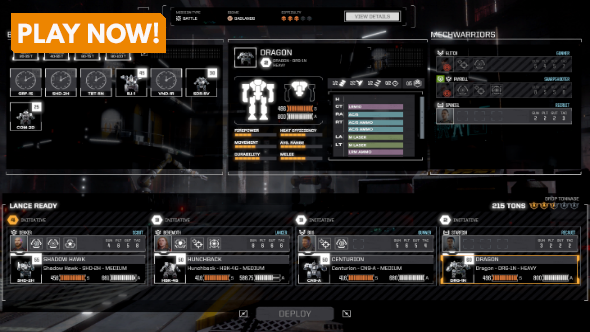This is a sponsored post courtesy of Paradox Interactive.
BattleTech is a turn-based tactical game that has you command a lance of mechs bristling with cannons, missiles, and lasers in combat against an enemy with the same arsenal. In the hands of a novice, these battles can be a gruelling slugging match, with each player whittling down the armour of their opponent’s mechs until something explodes. But, once you’ve got to grips with BattleTech’s nuanced systems, you can carve through your enemy’s machines with a surgeon’s skill.
We’ve written a beginner’s guide to BattleTech to ease you into those systems and give you a few tips on how to get ahead.
Assembling your lance
The group of mechs you take into battle is called a lance, and while you can take up to four mechs with you, there is nothing stopping you from taking fewer. The main restriction is the carry capacity of your dropship – it having a limit to the sheer tonnage of mechs it can hold. This is to stop you from taking four towering assault class mechs into battle. If you want to take in an assault mech you’re going to have to fill out the rest of your lance with lighter classes.
There are four mech classes in all: light, medium, heavy, and assault. Though, it’s not as simple as light mechs being recon units and assault mechs being heavy hitters. You can kit a light mech out with a suite of flamers so it can dance around heavier mechs torching their pilots. You could also have a heavy mech that’s low on armour but heavy on support weapons that you have to keep behind the battle lines.
Taking turns
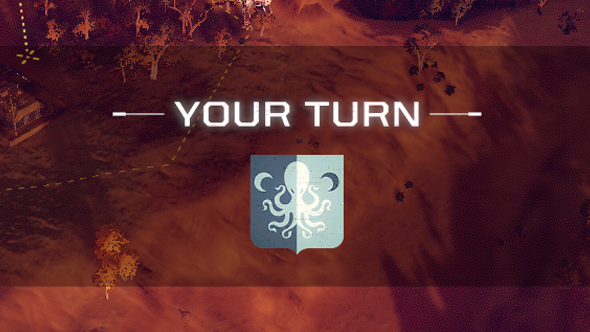
As soon as you enter combat in BattleTech your mechs and the enemy’s units are alloted a phase in the turn order, dictating when they can take their actions. A rule of thumb for this is the heavier the mech, the later in the turn it gets to move. This is particularly useful to know when you come up against assault mechs, because you can throw your entire lance at it before it gets to make a strike against you.
However, mechs don’t have to move when it’s their turn. You can order a mech to reserve, telling it to hold its go until the next phase. In this way, you could have a light mech that has an initiative high enough to take its turn in the first phase of combat, but reserve it all the way into the last phase.
There are a number of reasons why this can be the best move to make. If the enemy mechs aren’t in your line of sight, or they’re out of range, you could reserve your mechs’ turns, letting the enemy come towards you, revealing themselves without you having to move ahead and potentially leave your mechs in a bad position. Another reason is that if you hold a light mech back to the last movement phase then they can effectively go twice in a row – acting in the last phase of one turn and the first phase of the next.
Shoot what you see
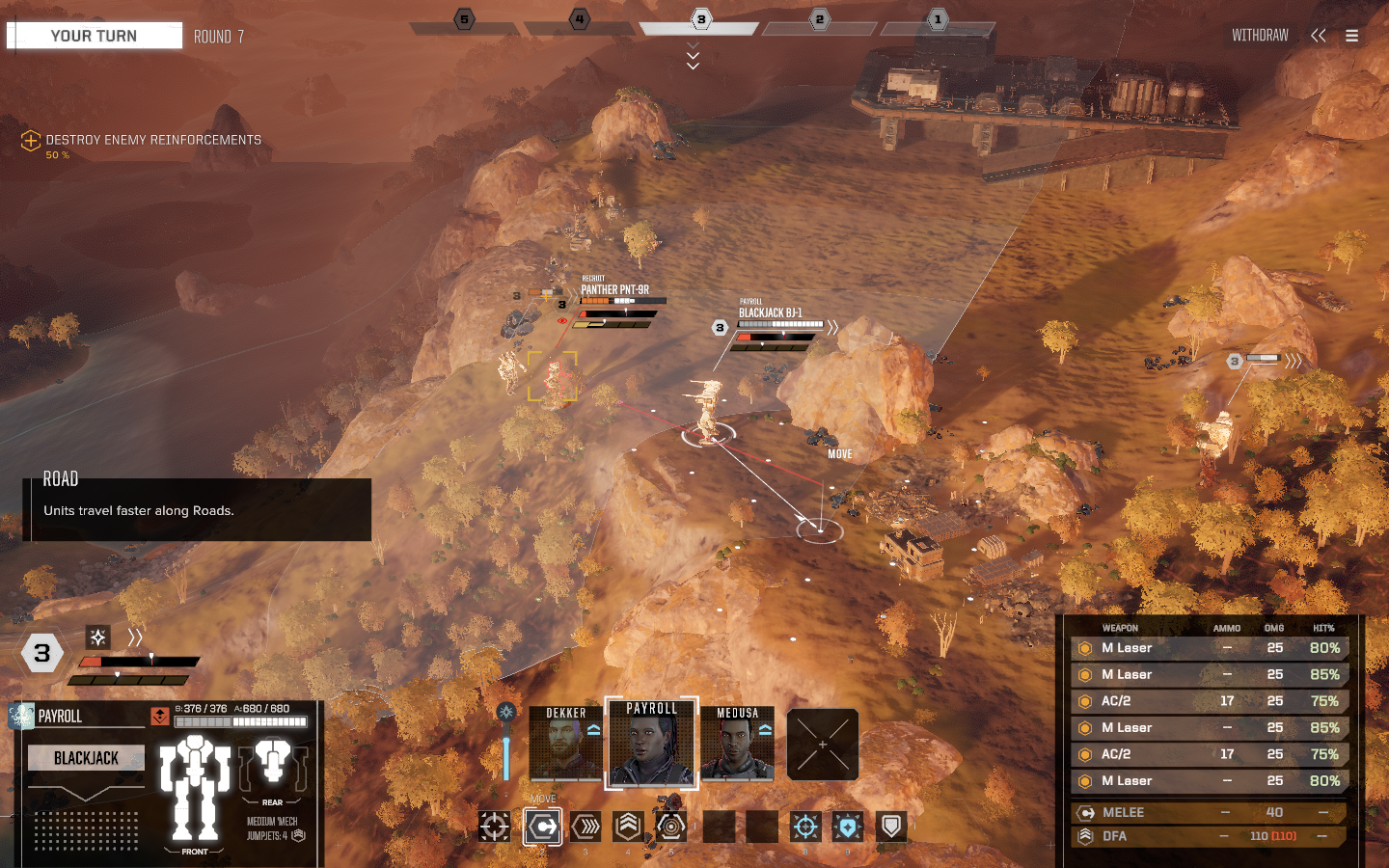
Line of sight is a key part of BattleTech and is a little more complicated here than in most other tactical games. At its most basic, if you can see an enemy in BattleTech you can shoot at it. This doesn’t just go for the mech with eyes on the target, but every mech on your team.
Say you’ve sent a light mech scouting ahead and they get sight on the enemy. If any of the mechs further back are equipped with long-range missiles (LRMs) and are in range, they can fire at the enemy target, even though they can’t see it themselves.
It’s also handy to know that you might not need to be directly looking at a mech to ‘see’ it. Every mech is kitted out with sensors that can detect enemy units within a wide radius around them – detected mechs appear as red outlines on the battlefield.
If a pilot who has the Sensor Lock skill detects an enemy mech then they can reveal it to the rest of the lance even if they can’t see it with their eyes. Put a pilot with Sensor Lock in a light mech and you have a scout that can sprint ahead and spot targets without even showing themselves to the enemy.
Pilot skills
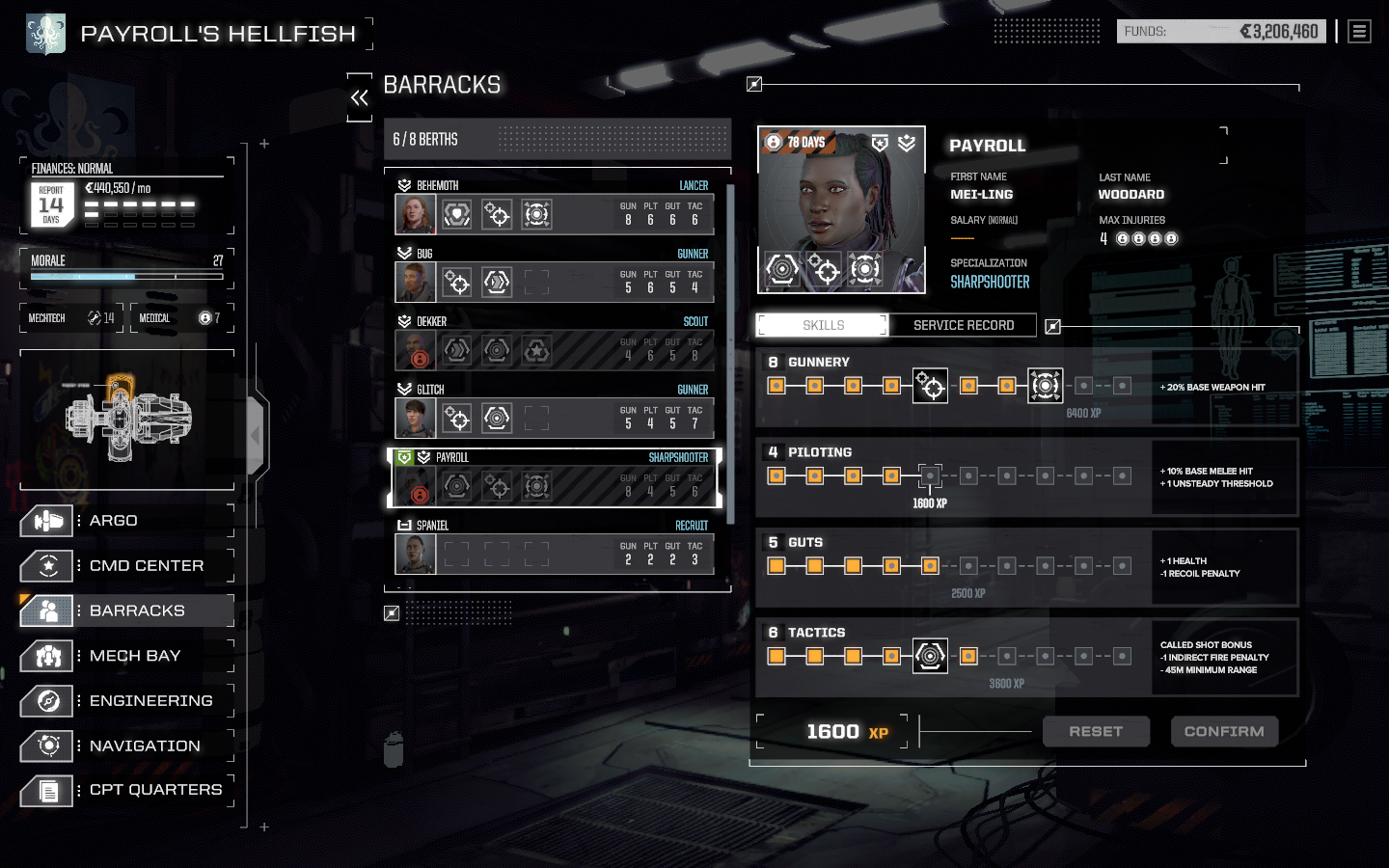
While on the subject of skills, there are a wide range of abilities your mech pilots can learn as they gain experience in battle. Sensor Lock, for example, but also the ability to fire at multiple targets in a pilot’s firing arc, or to gain defence bonuses whenever you choose to keep a mech standing still for a turn.
One of the more powerful abilities you can learn is a passive skill that lets your pilot advance one initiative phase. In practise, when two assault mechs are sizing each other up, if one of the pilots has Master Tactician then they get to shoot first, an advantage that could win them the battle.
Structure and armour
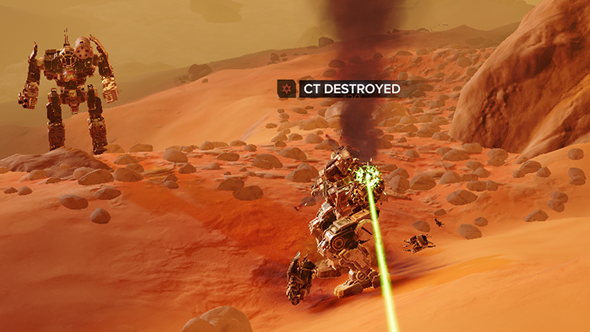
Each mech has an internal skeleton of individual limbs wrapped in thick armour. Your initial attacks will peel away at its outer armour, exposing the more vulnerable structure beneath. If you hit a limb’s internal structure enough then you can destroy the limb – and any weapon systems attached to it.
While you can disable and destroy a mech with an all-out general attack it’s not as effective as a targeted assault. And keep in mind that a mech is dangerous to you as long as it is still standing. Even if you shoot off both its arms, its shoulder cannons, and one of its legs, it can still cause massive damage to your mechs with melee attacks – damage that will take time to repair or heal, both of which cost you money.
Even if you’re not targeting specific limbs with Called Shots and Precision Strikes, try to make sure your mechs are hitting the same side of an enemy. Each time one of your weapons hits a mech, where it lands is calculated. So a rain of missiles on the left side of a mech will hit its left arm, left torso, and left leg. Keep it up and those limbs will be destroyed first.
Heat management
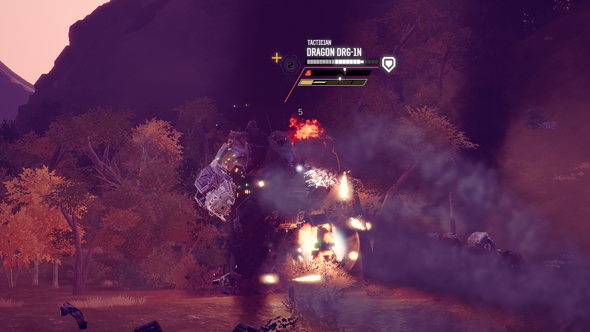
Your biggest enemy in BattleTech is, obviously, the mechs you face off against in the battlefield. But second to that is heat. Every time you fire one of your weapons, particularly large energy weapons like a PPC or pulse laser, your mech generates a huge amount of heat. If you’re not careful, you can roast your mech from the inside out, causing huge internal damage and forcing the machine to shut down until it has cooled off, leaving you vulnerable to targeted attacks.
You can manage heat buildup by fitting your mech with heatsinks – a piece of equipment that soaks up heat and expels it into the atmosphere. Heatsinks are essential if you’re planning on arming a mech with a lot of energy weapons. Though, if you’re leaning more towards ballistic weapons and missiles, they produce far less heat and so you can give the heatsinks a miss and save the weight.
The environment also plays a big role in heat management. Arctic battlefields will help keep your mechs cool, letting you fire your lasers more frequently – though, the same is true for your enemies. However, on planets without an atmosphere, where the heat has nowhere to escape, your mechs can boil unless you’ve installed a tonne of heatsinks.
Watch out for certain types of terrain, too. If you stand your mech in water it gets a massive boost to heat dissipation. The inverse is true if you stand on a geothermal vent.
Stability
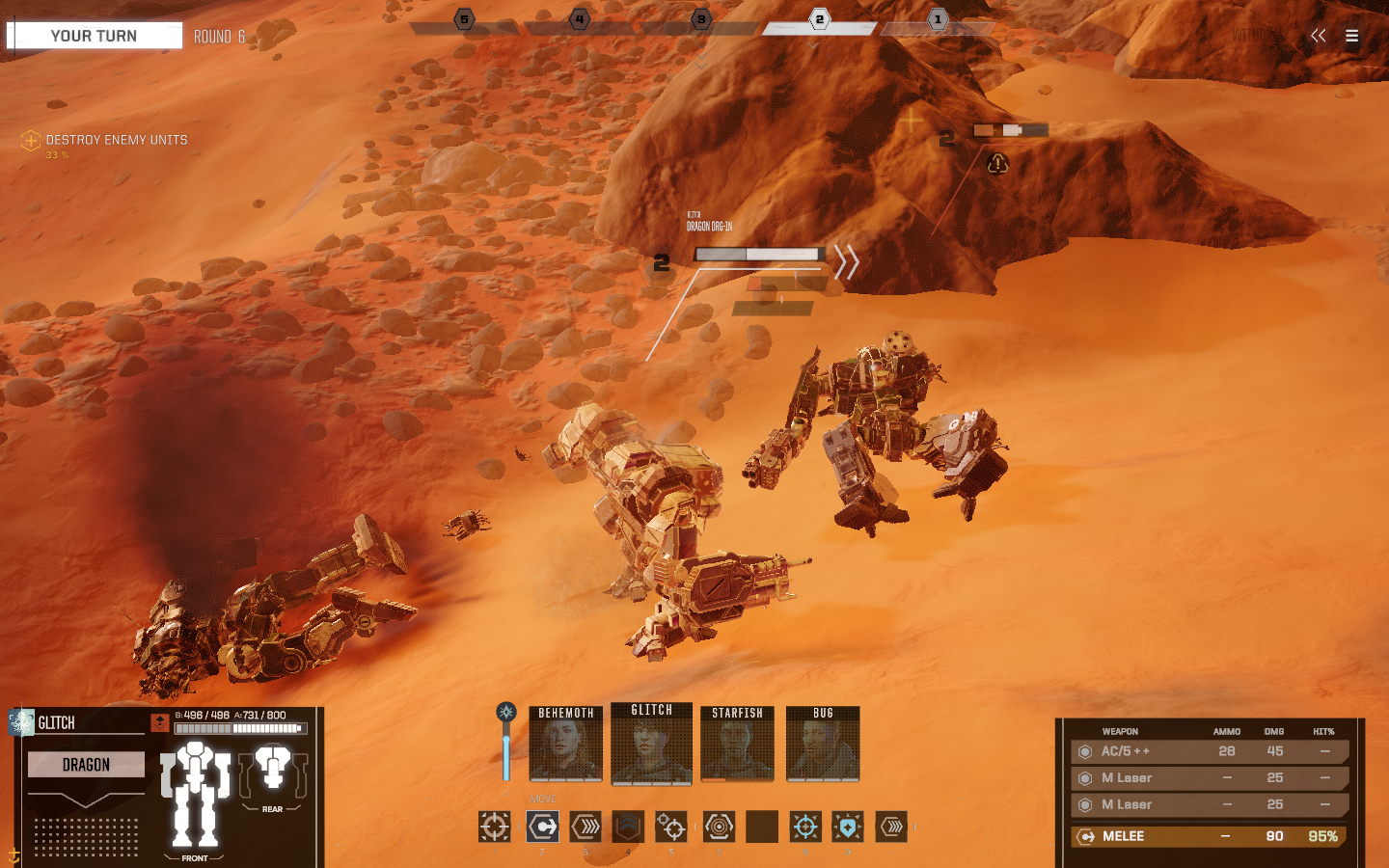
Battle mechs are massive machines, standing taller than multistory buildings, and with that grandeur comes a high centre of gravity – something a canny tactician can exploit. If you can hit a mech with enough high impact attacks you can knock it off balance, making it unstable and unable to sprint or use its jump jets. Keep shooting at it and you can even tip it over, causing a knockdown, which is sometimes enough to kill the pilot inside.
To hit a mech’s stability, you want to use high impact weapons: ballistic weapons and missiles are best, though some energy weapons like the PPC can also work.
When you attack a knocked down mech you can make Called Shots, focusing your attacks on particular parts of the machine. This is a great way to take a mech out quickly – knock it to the floor with a flurry of missiles and then blow off its legs so it can’t get up again. You have to be quick about it, though, as mechs are only knocked down until their next turn.
Hardpoints and weight limits
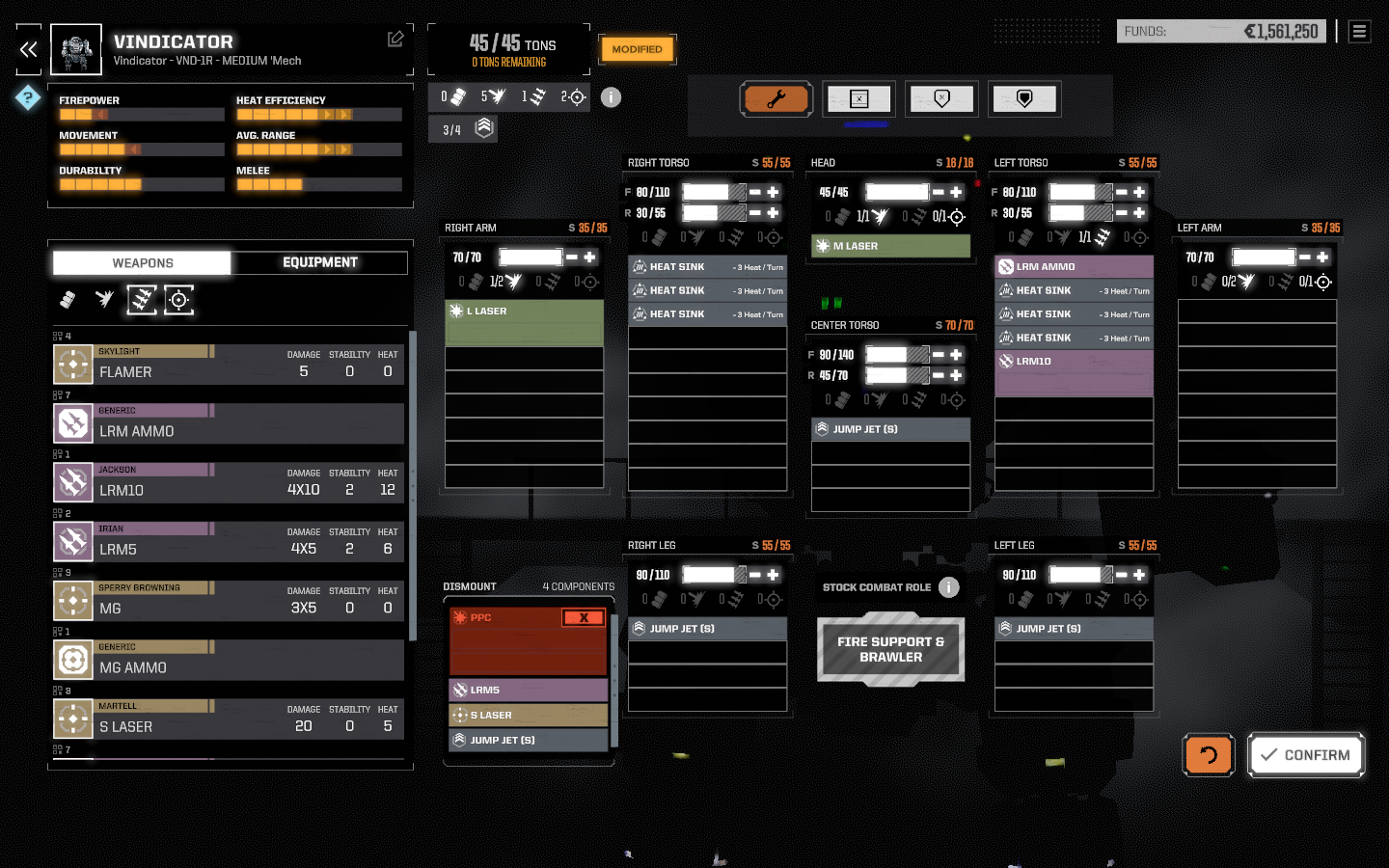
There are two major restrictions when it comes to outfitting mechs – hardpoints and weight. A mech’s chassis determines what kind of weapons you can install and where you can install them. You can’t stick a giant rack of long-range missiles into a mech’s head, for instance, but you might be able to fit a small machine gun in there. In this way, hardpoints can determine the sort of role a mech can play on the battlefield – a chassis with lots of missile slots is likely to be better placed in support than close combat.
Weight is what stops you from fitting every one of your mech’s hardpoints with a weapon. A mech chassis can only support so much raw tonnage. So, while your mech might have three different ballistic hardpoints, you can only install one AC/20 because they’re so damn heavy. Light mechs simply can’t carry some of the heavier weapons, at least not without taking off all their armour plating – which is not advisable.
Always fit your mech to its maximum tonnage, even if it’s just by adding more armour plating, as there is no benefit to fielding an underweight mech given that it moves as fast as a full-weight mech.
Managing your mercs
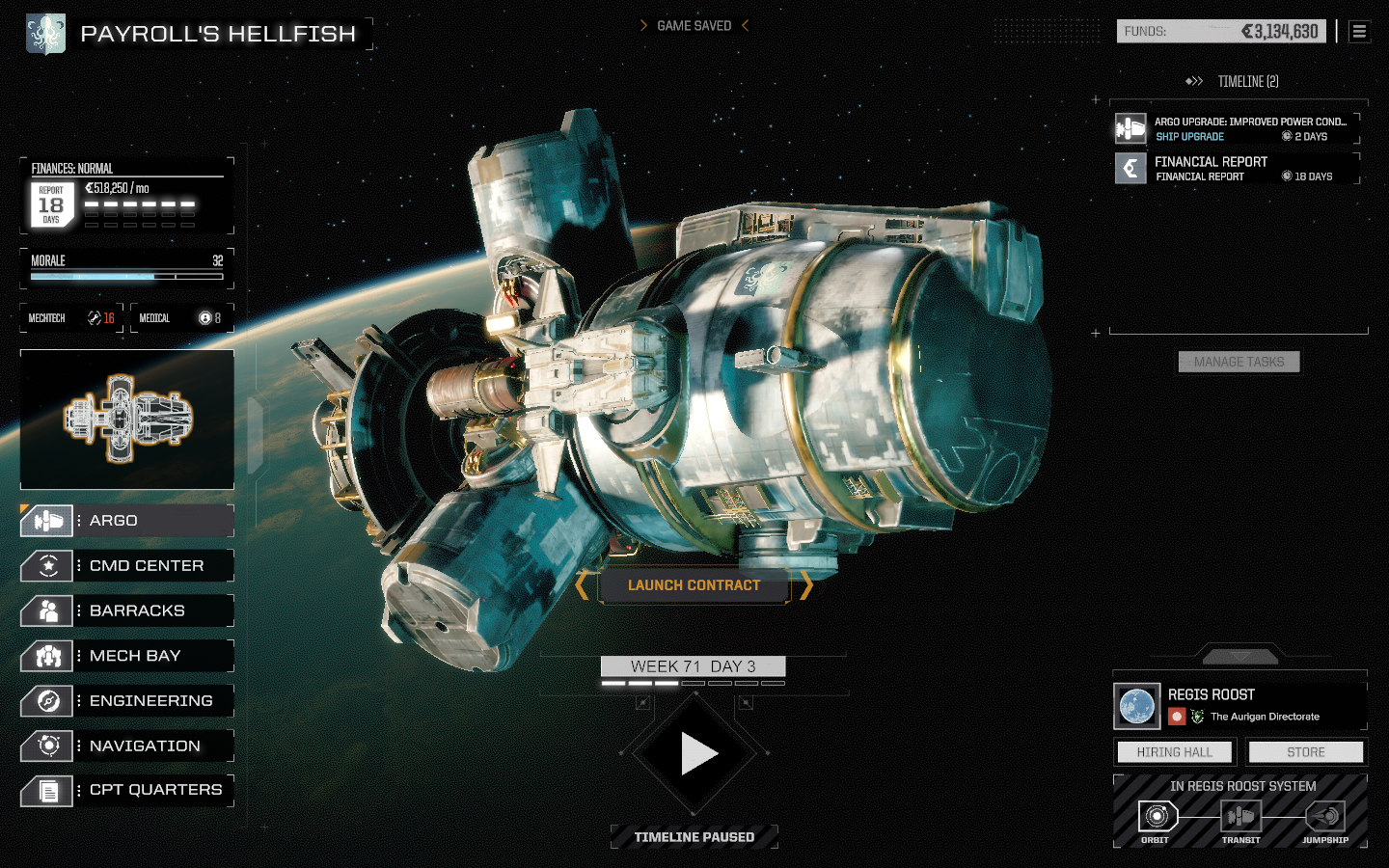
Much of your time in BattleTech is spent on the battlefield but there is a whole other side to the game that is, essentially, a management sim. You’re the manager of a mercenary outfit, and like any manager you have to keep the company solvent, finding clients, negotiating contracts, keeping your employees happy, and maintaining your offices. It’s just your clients are battling nation states, your employees are hardened soldiers, and your offices are a giant spaceship.
All your decisions come down to one number: your monthly outgoings. Each month you have to pay your pilots’ salaries and maintenance costs for their mechs and your ship. This can easily run to more than half a million credits – though, if you’re running short of cash you can pay your mercs less at the cost of lower morale. You’re going to have to take on contracts to earn the money to keep everyone paid. These are offered up by clients in need of a little muscle – miners wanting an escort, governments looking to put down a rebellion, traders wanting to scare off pirates.
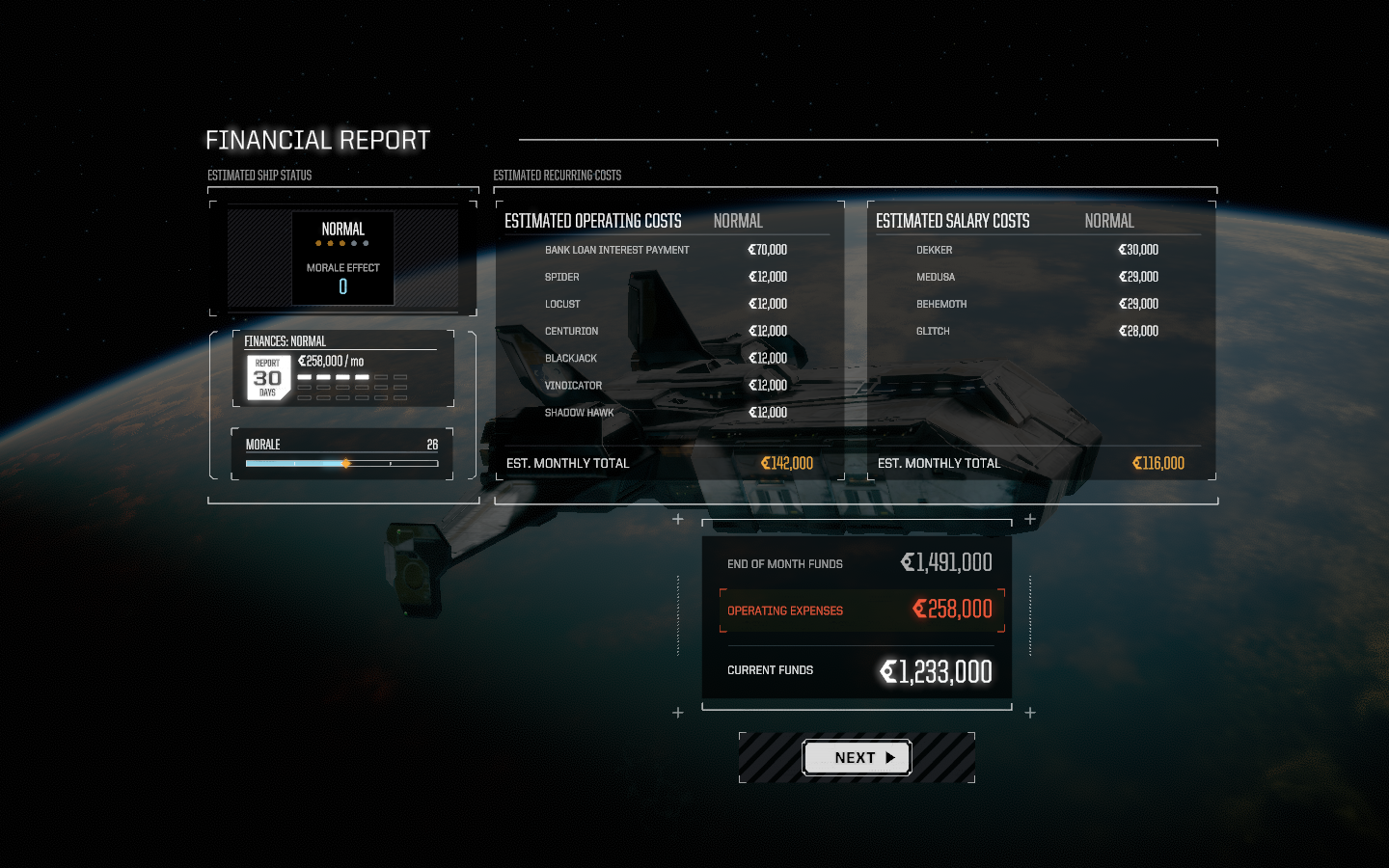
When you take a contract you can negotiate your rate, spreading your payout across three different resources: credits, salvage, and reputation. If your bank account is looking empty and you need cash then you can prioritise credits, meaning you’ll get less salvage from the battlefield, and no bonus reputation. Or you could take less cash in favour of more salvage. Or you could choose to take less of either for a reputation boost.
You can imagine the uses for credits. It goes to wages, buying merchandise in the shops, and the cost of flying your ship between systems. Salvage is anything usable left on the battlefield after a mission. It could be parts of a mech chassis, weapons, or equipment. Salvage is the best way to grow your lance because it costs a lot of cash to buy mechs outright in a shop but nothing to pick the pieces up from a battlefield. Reputation is more abstract, but it can earn you credits in the long run. As your reputation with a faction grows they begin to trust you more, meaning they tell you about higher paying jobs, they give you bonuses for completed objectives, and discounts in any shops you visit in that faction’s territory.
What rate you negotiate is always going to be determined by your needs at the time but something to keep in mind is how frequently you see yourself running jobs for a particular client. If it’s not that often, don’t sacrifice credits and salvage for reputation.
